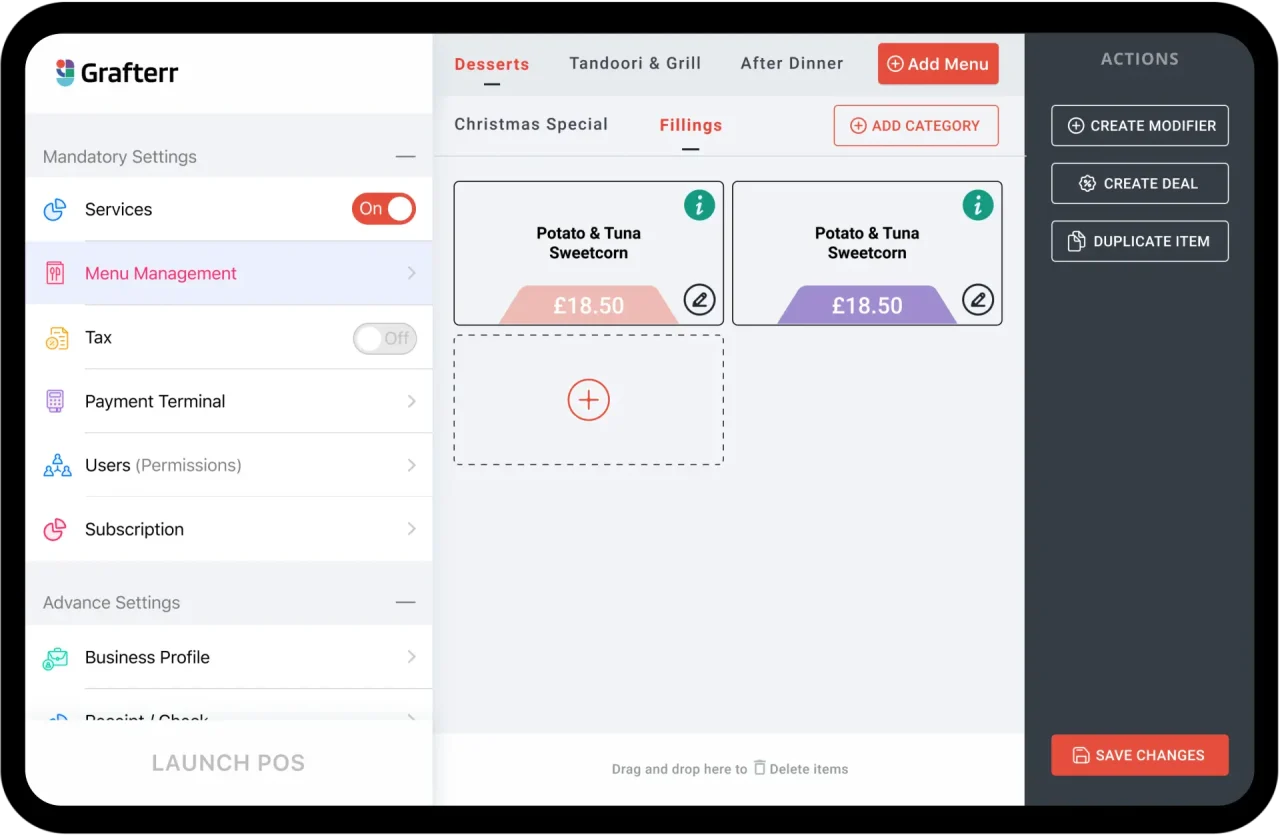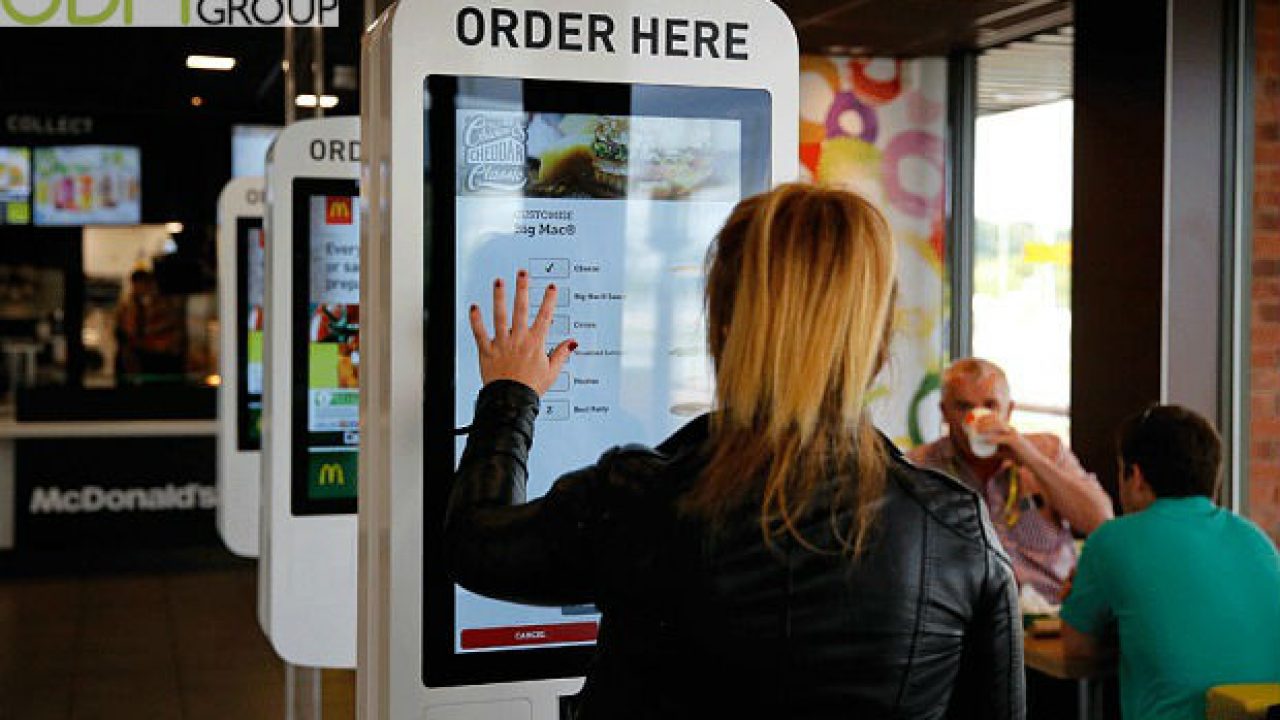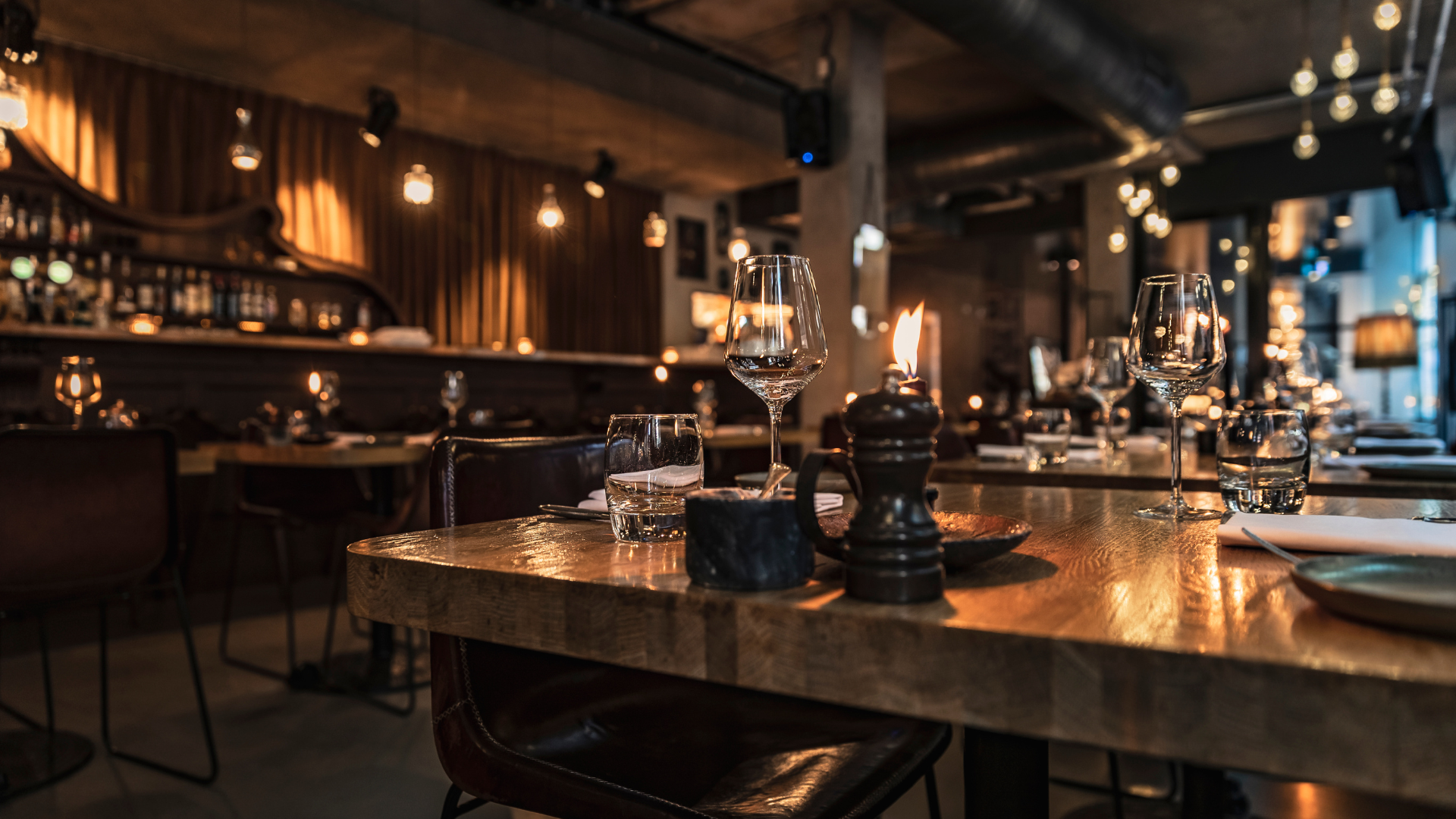The hospitality industry is undergoing rapid transformation. In light of the global economic downturn, particularly aggravated by the COVID-19 pandemic, electronic Point of Sale (ePOS) systems have taken on a pivotal role in the operational framework of modern restaurants.
These systems not only optimise operational efficiency but also elevate the overall customer experience. Like any other technology, it is important to note that not all electronic point of sale (ePOS) systems are designed and developed with the same level of quality and functionality.

In order to optimise the return on your investment, it is crucial to possess a comprehensive understanding of the key features that hold the most significance. In the following analysis, we will dissect the essential features that are imperative for any restaurant electronic point of sale (ePOS) system to possess.
1. User-Friendly Interface
In the fast-paced world of restaurant management, ease of use is not just a luxury; it’s a necessity. Staff need to process orders swiftly, handle multiple tables, and ensure accuracy – all often under pressure. A user-friendly interface is the cornerstone of efficient operations.
The ePOS system should have a clear, intuitive layout that minimizes the chances of input errors. High-quality graphics, easy-to-read fonts, and straightforward navigation are a must. Touch-screen capabilities, drag-and-drop features, and customizable layouts can further enhance usability. An intuitive system reduces the time required for staff training, increases order processing speed, and improves overall restaurant efficiency.
2. Integrated Inventory Management
Maintaining an optimal stock level is a balancing act. Understock, and you risk turning customers away; overstock, and you face potential wastage and reduced profits. An ePOS system with integrated inventory management can revolutionize how you handle your supplies.
This feature should provide real-time tracking of all ingredients and items, alerting managers when stock levels dip below a set threshold. Integration means that every time an order is placed, the system automatically updates the inventory count. Furthermore, by analyzing sales data, the ePOS can even forecast future stock requirements based on historical trends and seasonal variations. By automating inventory processes, restaurants can optimize their purchasing decisions and minimize waste.
3. Comprehensive Reporting and Analytics
The true value of an ePOS system lies not just in its operational functions but also in the insights it can provide. A feature-rich ePOS system will offer comprehensive reporting and analytics capabilities, enabling restaurateurs to make data-driven decisions.

From tracking daily sales and identifying best-selling items to assessing staff performance and pinpointing peak business hours, the analytics tool should dive deep. The system should allow easy export of data, graphical representations for quick insights, and the ability to segment data based on various criteria, such as date range, specific meals, or particular staff members. With these insights at their fingertips, restaurant owners can refine their strategies, enhance their marketing efforts, and ultimately boost profitability.
4. Loyalty Program Integration
In the highly competitive hospitality industry, the ability to retain customers is just as crucial as the challenge of attracting new ones. Loyalty programmes have demonstrated their value in enhancing customer retention and expenditure. The integration of an electronic point of sale (ePOS) system with loyalty programmes provides restaurants with a distinct competitive advantage.
The capability enables the system to perform automatic updates of loyalty points, personalised offer communication and notification of staff regarding the preferences of returning customers, each time a transaction takes place. Enrollment of new members can be conveniently facilitated through the ePOS interface. The implementation of a seamless integration system guarantees that customers perceive a sense of appreciation, resulting in heightened brand loyalty and a higher likelihood of recurring transactions.
5. Multi-Platform and Mobile Compatibility
The current dining experience has expanded beyond the boundaries of traditional dining establishments. Given the current increase in online orders, takeaways, and the utilisation of third-party delivery services, it has become imperative for restaurants to possess an electronic point of sale (ePOS) system that is capable of efficiently managing this multifaceted demand.

The electronic point of sale (ePOS) system should possess the capability to seamlessly integrate with various online ordering platforms and mobile applications. In addition, the inclusion of tableside ordering and mobile payment processing can significantly augment the overall in-house dining experience. Tablets and mobile electronic point of sale (ePOS) solutions empower personnel to efficiently process orders directly at the table, resulting in enhanced service velocity and diminished potential for inaccuracies. In the meantime, the integration with online platforms guarantees that all orders, regardless of whether they are placed in-house or online, are promptly and accurately reflected in the system. This integration ensures a high level of consistency and accuracy throughout the order management process.
Grafterr: The Ultimate ePOS Solution for the Hospitality Industry

A specialised system geared to the particular needs of the hospitality sector is more than a convenience—it’s a requirement. Grafterr is an ePOS system created exclusively for the hospitality industry. Grafterr’s user-friendly layout prioritises clarity and simplicity, successfully minimising input mistakes and lowering training time in half. This emphasis on usability guarantees that the service stays quick and smooth during high rush hours.
Grafterr is more than just a front-end user experience; it’s also a backend operations powerhouse. Its integrated inventory and stock management tools guarantee that restaurants maintain the ideal balance between demand and supply. The system auto-updates with each order, guaranteeing real-time tracking of all materials and goods. Say goodbye to overstocking and understocking issues. Establishments may optimise purchases, reduce waste, and guarantee they’re always ready to provide what the consumer wants by utilising the power of Grafterr’s automated inventory operations.

In today’s data-driven world, actionable insights might be the difference between a successful restaurant and one that barely makes it. Grafterr’s robust reporting and analytics solution does just that. Grafterr gives a comprehensive perspective of a restaurant’s operations by delving deep into sales data, from best-selling goods to staff effectiveness. These findings, presented in simple graphical representations, enable restaurateurs to fine-tune tactics, change menus, or launch targeted marketing campaigns, keeping them one step ahead of the competition.
Grafterr’s multi-platform versatility, particularly its connection with third-party applications such as Deliveroo and Just Eat, is one of its most notable features. Restaurants often find themselves juggling various systems in a time when online orders are flourishing, resulting in inefficiencies and possible mistakes. This fragmentation is no longer an issue with Grafterr. Everything, including in-house dining, online orders, and third-party deliveries, is routed via a single unified system. This not only assures consistency and accuracy, but it also frees up restaurant personnel and management to concentrate on what really matters: providing exceptional service and culinary pleasures. In a word, Grafterr is a complete solution to survive in a dynamic marketplace for people in the hospitality business.
Conclusion
Investing in an ePOS system is a significant decision for any restaurant. While many systems boast a plethora of features, it’s crucial to discern which are truly essential. By ensuring that your chosen ePOS system offers a user-friendly interface, integrated inventory management, comprehensive analytics, loyalty program compatibility, and multi-platform integration, you set your restaurant up for streamlined operations, enhanced customer experiences, and ultimately, success in a competitive marketplace. As the restaurant landscape continues to evolve, having a robust ePOS system will ensure that establishments can adapt, grow, and thrive.





